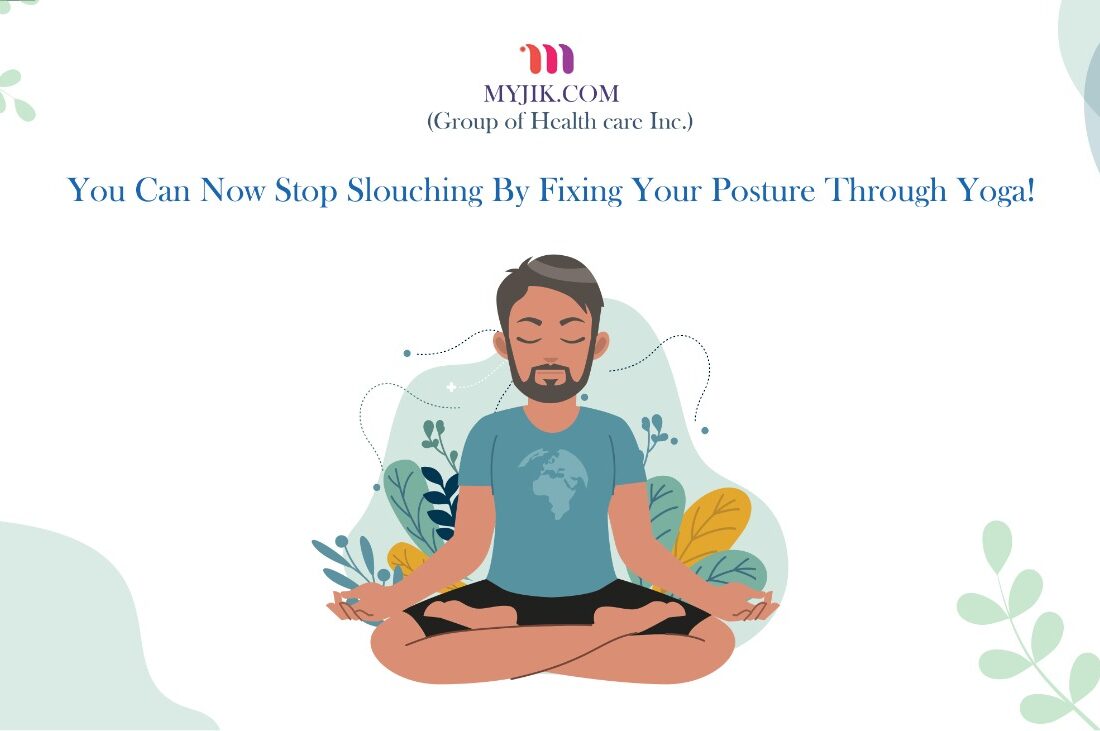
In a generation where we are constantly glued to our cell phones and computer screens, we are guilty of unconsciously adopting the slouched position.
The thing is, your posture as a child may have been near perfect. However, a few things that may have added to failing to sit upright include 8 hours at the office slumped in front of a computer, hunched over your workspace, and being scrunched over by a shoulder-slung laptop. But along the way, you picked up a few bad posture habits and here you are slouching over your device as you read this article.
What many of us don’t realize is that your posture says a lot about who you are. Your posture conveys detailed non-verbal cues about your personality. It’s basically a fundamental body language rule. If you thought that bad posture is simply unappealing, then let us tell you that it can also cause aches, cramps, and pains, particularly in the lower back and shoulders.
We do understand that trying to overcome a nearly life-long habit of slouching and then learning a new position might be intimidating and frustrating. But, it doesn’t have to be. An effective way to turn this around is through yoga.
Yoga postures promote hand, wrist, arm, and shoulder alignment. This sense of structural alignment is excellent for posture improvement. By practicingpractising yoga regularly, you can develop the habit of excellent alignment and will be able to maintain postures correctly and for an extended period.
Benefits Of Improving Your Posture And Why Yoga Is The Answer
- A Good Posture Increases Body Alignment – Usually, when one stands or sits with their body properly aligned, all of their organs work at a similar pace. This includes your stomach as the right posture improves digestion.
- Eliminates Back And Neck Pain – With appropriate posture, the bones and spine can easily and effectively balance a person’s body weight and reduce the chance of significant back or neck problems later on.
- Improves Breathing – To function properly, the lungs require space to expand in the chest. When one slouches, the rib cage somewhat compresses, allowing less space for the lungs to open, resulting in ineffective breathing.
Yoga incorporates a mind-body approach to fitness. Yoga promotes body awareness through “poses,” in addition to highlighting the significance of relaxation and breathing.
Yoga has also been related to increased core strength. It improves core stability and core muscular function. These muscle groups are directly engaged in lumbar spine control, which is necessary for healthy posture. Moreover, you can benefit from increased core strength and may possibly get relief from lower back problems. Your posture will shine if your core muscles are engaged and developed.
Try These Yoga Poses To Correct Your Posture
- Bridge Pose (Setu Bandha Sarvangasana) is a gentle backbend that opens the chest and shoulders, commonly constricted in those with bad posture. It will also strengthen your back and support your spine.
- The Cat-Cow Stretch (Chakravakasana) is a great way to uncover your spine’s optimum, natural contours. You learn to judge the neutral posture more accurately by shifting the spine from flexion (cat) to extension (cow), passing through the middle each time.
- Warrior Stance (Virabhadrasana) is a beautiful yoga pose that relaxes the lower back and knees while soothing the shoulder plates.
- A plank is an excellent approach to improving core strength. It also highlights your areas of weakness. The plank can help improve posture and reduce spine strain by increasing core strength and stability.
- All-Direction Back Stretch is an excellent stretch for improving posture, strengthening back muscles, lengthening the spine, and relaxing tired muscles.
Conclusion
Sitting and standing with good postural alignment allows you to operate more efficiently while putting less strain on your body’s ligaments and muscles. The first step toward breaking old bad postural patterns is slowly incorporating yoga into your routine and waiting for it to show its magic.













